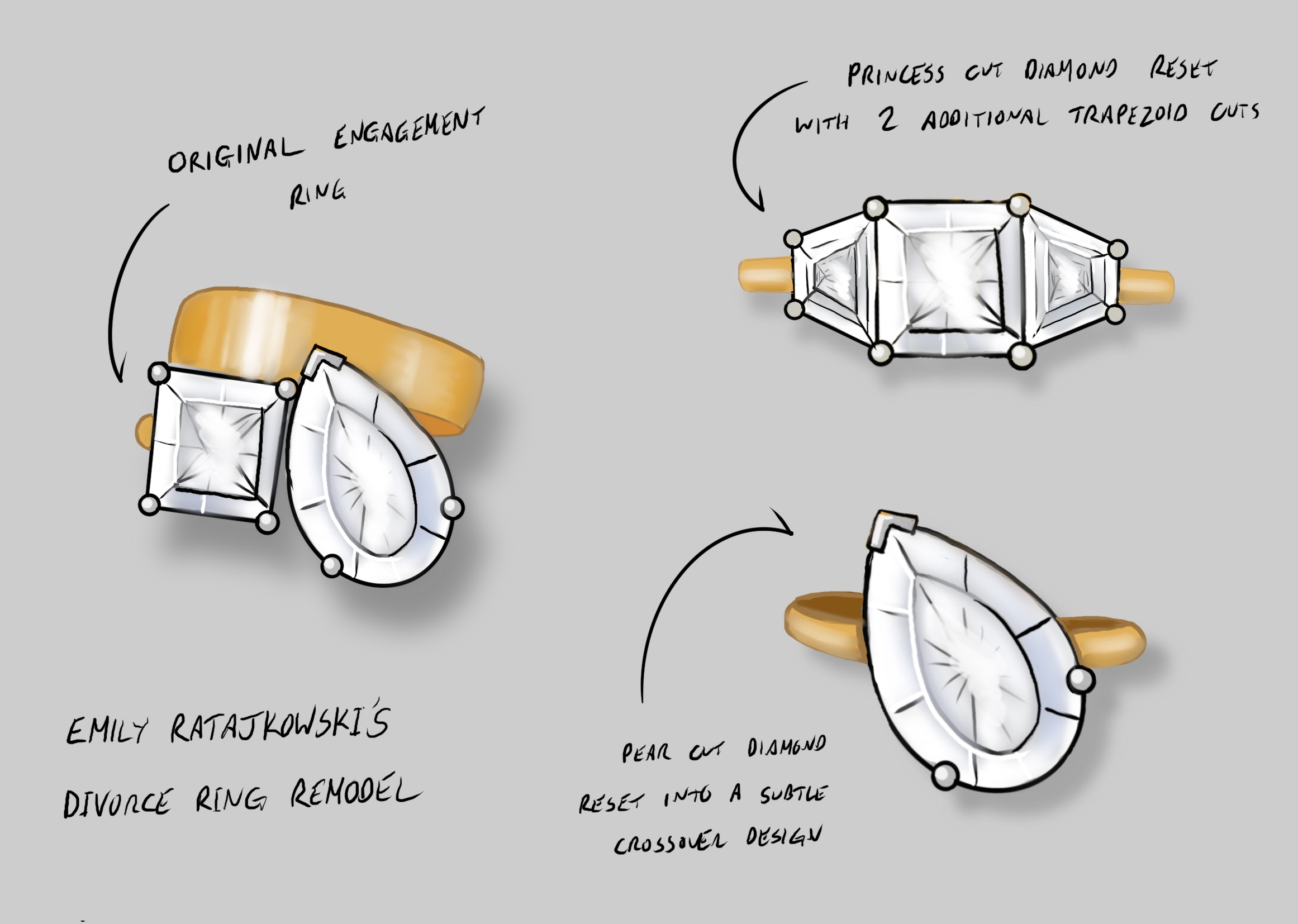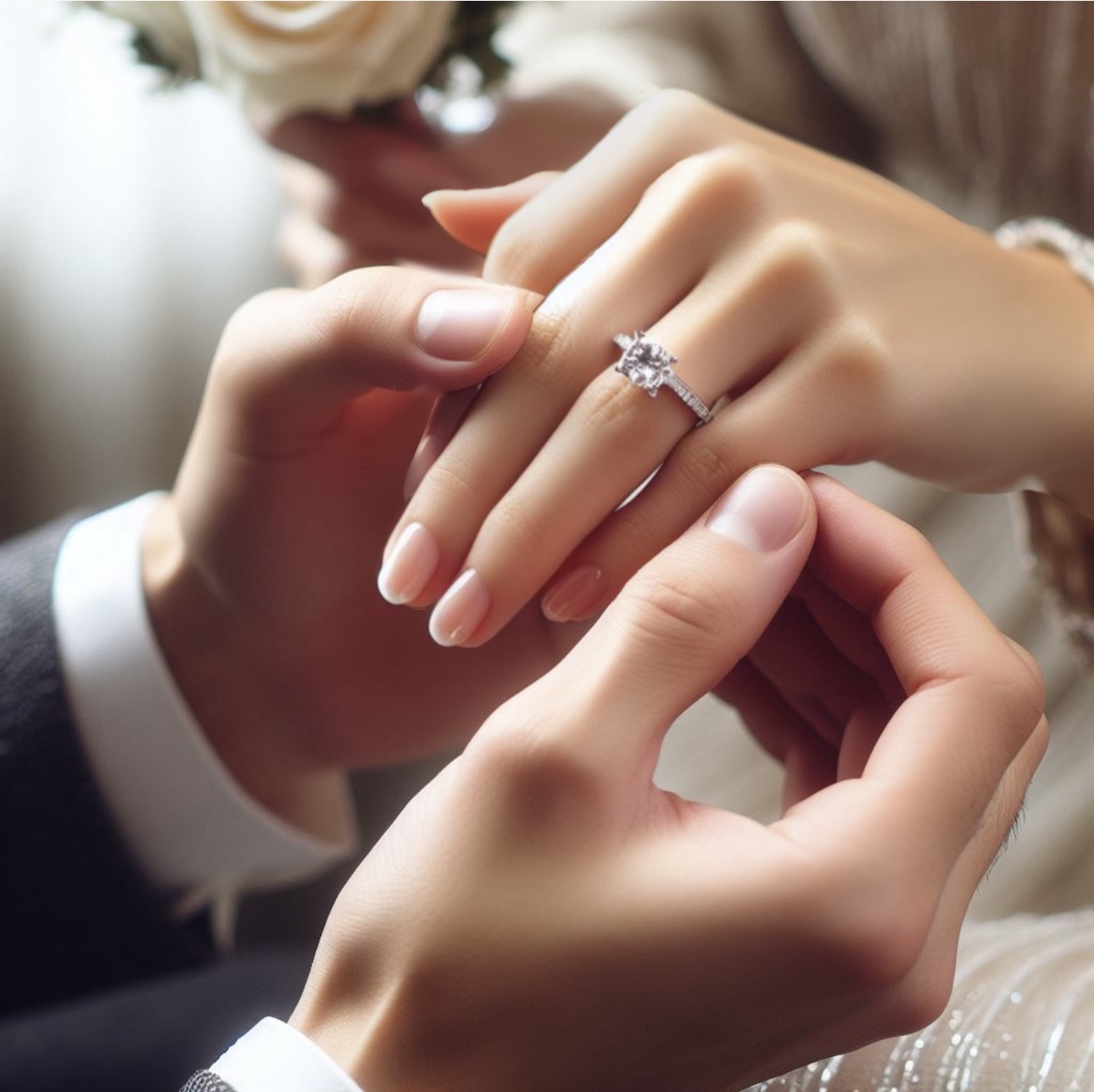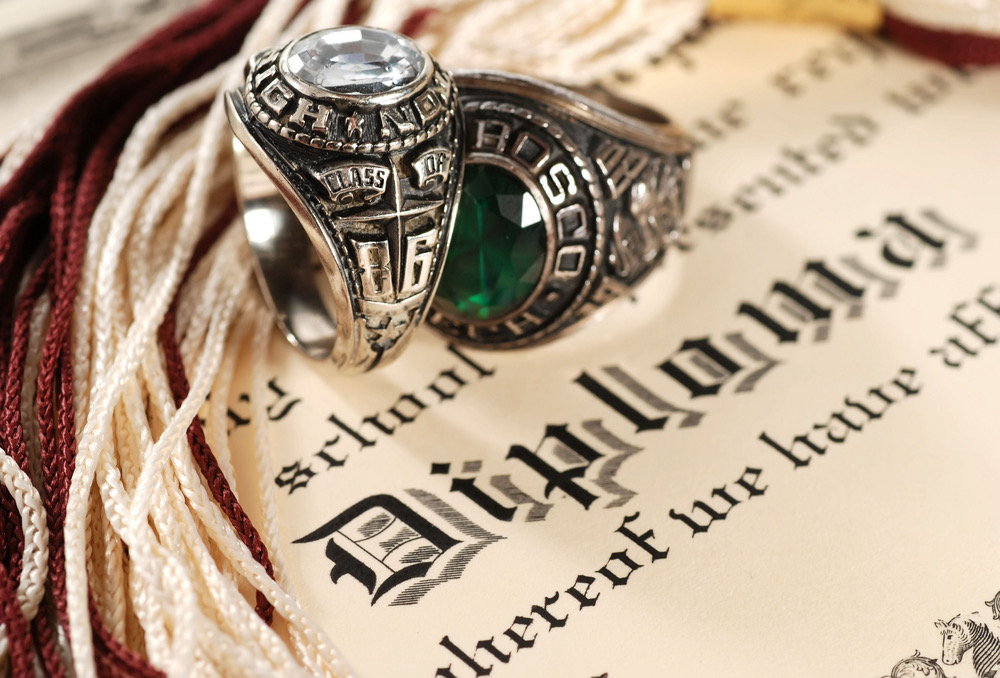
Transforming Pain into Beauty: The Rise of Divorce Rings
Transforming Pain into Beauty: The Rise of Divorce Rings In jewellery a Diamond is usually a symbol of love whether
choose a stone…
choose a setting…
choose a metal…
choose a finish…
…choose ring
21 Meeting House Lane
Brighton East Sussex
BN1 1HB
1273 773 544
21 Meeting House Lane
Brighton
East Sussex
BN1 1HB
Categories:
Diamond Colour Grading & Rarity
Colour or absence of it, is a defining factor in diamond evaluation and one of the 4Cs GIA (Gemological Institute of America) included in each official diamond report. The GIA colour grading runs alphabetically from colourless ‘D’ diamonds (the purest) to ‘Z’ ones that contain the most chemical impurities, especially nitrogen atoms whose arrangement inside the stone can cause from subtle to visible yellow/brown tint. People have been grading diamond colour since the early 1700s, yet GIA’s most reliable system was first presented in the 1950s. Once attested by the experts, colour is taken as an indication of rarity, not of quality. The way you appreciate it, is completely subjective. Icier or warmer shades match (or do not match) certain metal settings in jewellery. Yellow gold for example can reflect colour onto high colour grade diamonds and in these cases platinum or white gold settings are preferable. Even yellow gold rings are often made with Platinum settings to prevent the Diamond from drawing colour for the metal.

The Process
A member of the
public will be able to spot the colour in a Diamond at around a ‘J’ or ‘K’
colour (the 7th & 8th colours) & lower. The
untrained naked eye though, often lacks the ability to trace small
concentrations of ‘tint’. This means that any Diamond weighing 0.20ct or over should
be sold with a laboratory report for proof of an honest grading. When a
laboratory like the GIA tests a Diamond each stone is unset and placed upside
down (meaning resting on its ‘face’) in a white lighting box emulating daylight
so that the tester is looking at its body or ‘pavilion’ and not get distracted
by the light (brilliance) reflected from the table facet to their eyes. A
master set of diamonds (usually E, G, I, K, and M) that
contain the least of colour for their respective grades is used as a point of
comparison with the sample stone. The trained grader will assess its colour
using their expert judgment after side-by-side comparison. It’s all about
experience & cross-checking multiple times. They are figuring out where in
the colour range each sample stone stands.

Other considerations
When shopping
for diamonds think of the ring or other piece of jewellery they are part of.
Round brilliant diamonds show off the least of imperfections and colour
differences so you can get lower in colour or clarity grade without a very
visible flaw. On the other hand, stepped cuts with larger facets are clearer
indicators of the stone’s hue. Add to the strictly technical 4Cs a fifth
criterion which is the overall beauty and desirability of each diamond. Make
sure that you see it in daylight to realize how it performs in natural
conditions. Brilliance or ‘fire’ in a diamond is tested via the Weighted Light
Return (WLR) method, which explains what you actually see in natural light. For
example, among two D (colourless) diamonds you might realize that one is
dazzling more due to better internal structure. An F diamond might look better
than a D because internally the crystals might allow the least of light leakage
and secure the most of reflections through the table facet. For similar
reasons, one lower-grade stone might have prettier colour contrasts which are
again mostly visible via magnification yet still add up to very visible
brilliance. We are always available to advise you on each jewellery piece and
stone guiding you through a smart decision based on your
budget. Click here to take a look at some of our engagement rings.
Fancy Diamonds
It might exceed
the scope of our topic, which is diamonds in the normal colour range (D to Z),
yet looking briefly into what is classified beyond the Z letter will give you a
better understanding. Most diamonds mined in the world run from colourless to
pale yellow or brown. If yellow is too intense, nitrogen impurities are
dispersed in a very special way within the crystal. Diamonds of bold yellow or
other intense colours are graded beyond Z and are called fancy diamonds. They
are found globally in very small percentages, with red and blue being the
rarest. They were created due to accidental structural defects and chemical
inclusions as the stones face high pressure and heat during crystallization on
their way up through earth’s layers. When fancy diamonds are evaluated, the
largest amount of colour the highest the price, while for D to F diamonds, the
least of colour the highest the price tag. Still, as a customer, always keep in
mind that you are as unique as the hue of your preferred diamond!

You can find out more about diamond grading by clicking here.

Transforming Pain into Beauty: The Rise of Divorce Rings In jewellery a Diamond is usually a symbol of love whether

Which finger is the engagement ring worn on? In the UK, as with many other Western countries, an engagement ring

U.S. Graduation Rings And The Symbolism Behind Them As Super Bowl LVIII (58) comes to an end the Kansa City
Tel: +44 (0) 1273 773 544
Email: ringdesign@hotmail.co.uk
21 Meeting House Lane
Brighton
East Sussex
BN1 1HB
Open 7 days a week
Mon-Sat: 10:30am – 5pm
Sun: 11am – 4:30pm